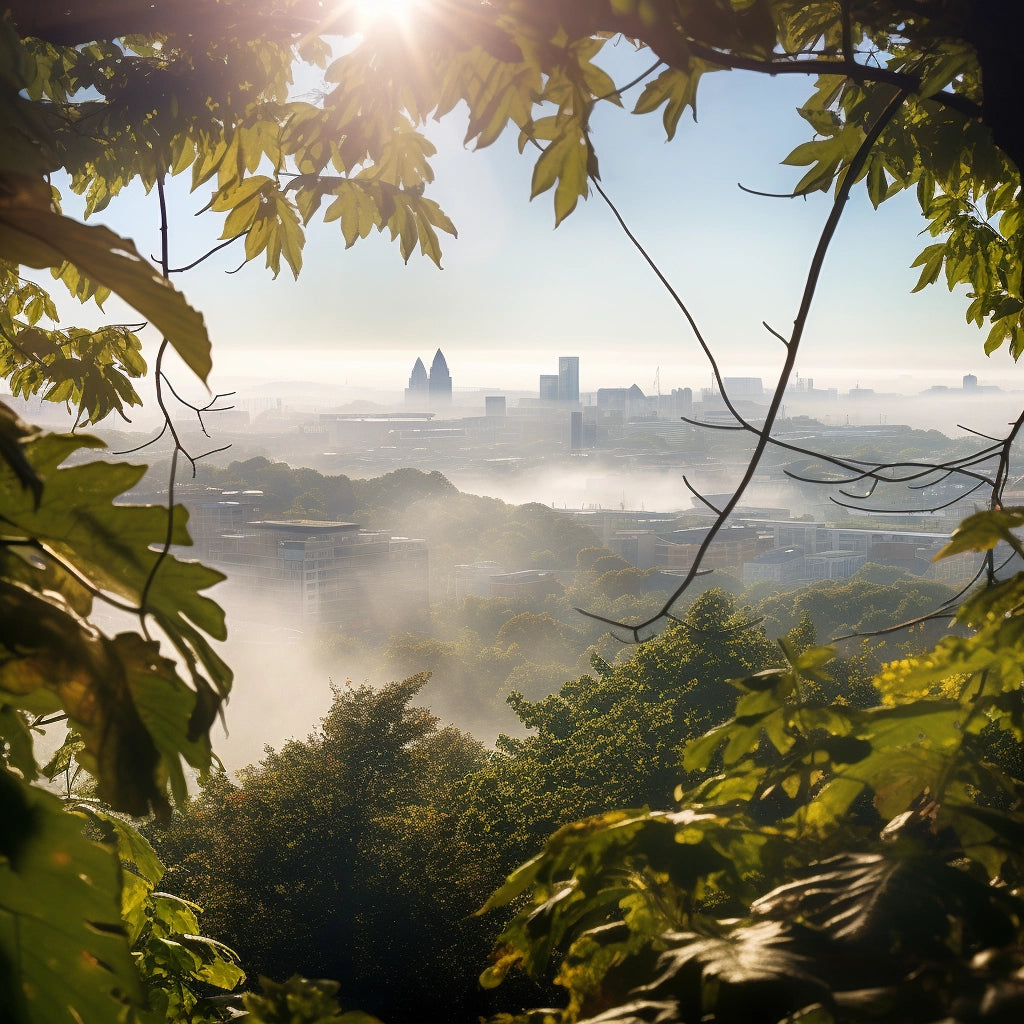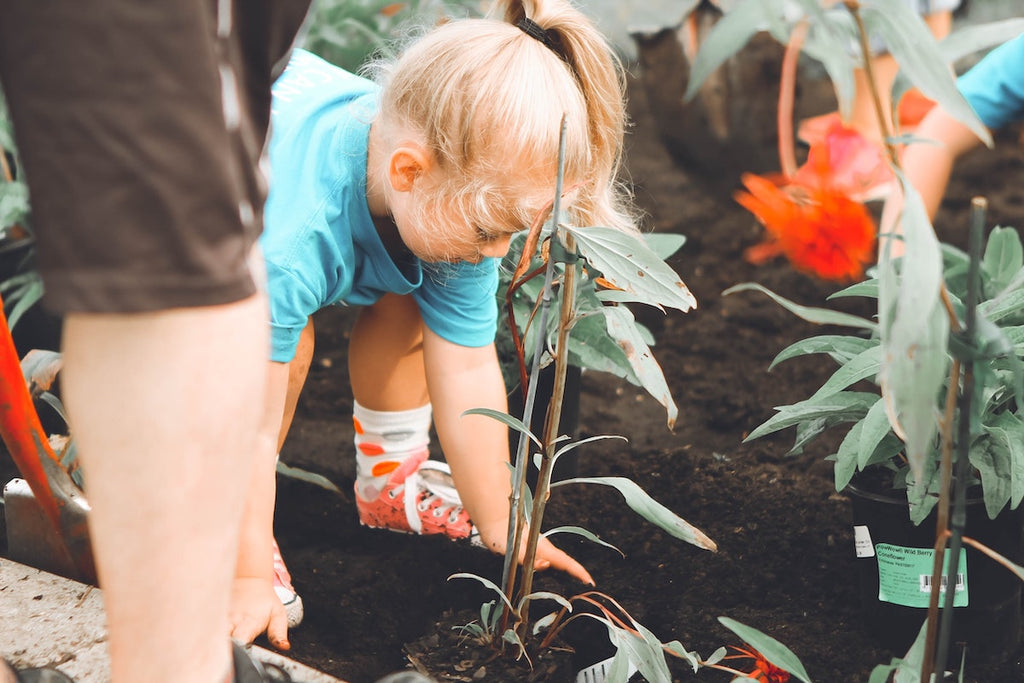More and more people are moving into cities. Urban space is becoming more and more dense and expansive. In times of climate change and traffic collapse, inhabitants are facing major challenges: heat, heavy rain, particulate matter, waste. Why not bring nature back into the city?

Green cities around the world
Beehives in the middle of Berlin, green roofs in Barcelona and roof terraces as allotments in Copenhagen - all this is urban nature. This is how life in the city becomes healthier, more social and more sustainable. The "green city" is on more and more political agendas. In the process, many decentralized initiatives are given at least as much value as large, planned green projects. This means that every individual is called upon, every individual can participate!
Urban gardening for all!
A subculture becomes mainstream: What started as a green-urban "guerrilla movement" is already promoted as "green sponsorship" in some cities. This phenomenon, known as urban gardening, has become increasingly visible in recent years: here a fenced-in wildflower meadow at the side of the road, there a colorfully planted traffic island - planted, tended and maintained by the neighborhood on their own initiative. While in some places the plantings still come into conflict with the authorities, other cities have realized that this civic commitment should be supported with money or materials. After all, urban gardening has several positive effects, both ecological and social:
- Biodiversity: The greened, urban islands are vital niches for insects and birds, which are gradually losing their backyards and wild wastelands as habitats due to the progressive densification of cities.
- Greening: Greening keeps the city cool - even in summer. In the face of climate change, this is an important contribution to a healthy quality of life for the urban population.
- Protection against littering: studies have shown that less litter is carelessly discarded on well-tended green spaces than on dusty wastelands.
- Erosion control: Plantings protect against soil erosion caused by heavy rains and drifts, and dust and particulate pollution are significantly reduced.
- Strengthening the community: Urban gardening strengthens the sense of community! You get to know your neighborhood, cooperate, come into contact. It is fun to exchange and pass on one's knowledge and to create an awareness for a green, well-kept city. The joint project "garden" becomes a cross-generational activity for young and old.

Green architecture: vertical gardens and flowering roofscapes
Another way to bring greenery into the city is through green house facades, planted walls and overgrown roof gardens. There are more and more planners and architects who use soil and plants as building materials and plan entire neighborhoods to be greened horizontally and vertically. This green architecture is a worldwide trend. The advantages are obvious: green walls insulate in winter and cool in summer, reduce noise and filter fine dust. They act like natural air conditioners and create a healthy atmosphere in and around the house. They also make an important contribution to the climate and biodiversity throughout the city. A sustainable building material, a sustainable contribution.